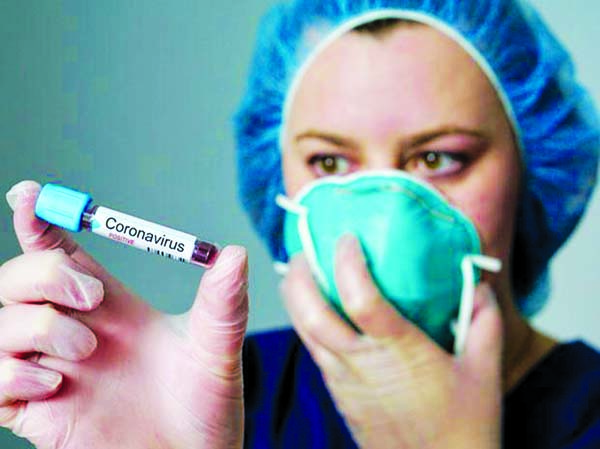
Dr. Muhammad Torequl Islam :
An injection of nucleic acids (e.g., RNA or DNA) into the experimental animals (e.g., mice) lead to the expression of some proteins encoded by the injected nucleic acid, suggesting a gene encoding a protein of a pathogen is necessary to create a vaccine. Both DNA and RNA vaccines induce immune responses. Delivery through plasmid (a small, circular extrachromosomal DNA molecule) can be incorporated to develop vaccines against severe acute respiratory distress syndrome coronavirus 2 (SARS-CoV-2).
Beside this, much interest has been grown on messenger RNA (mRNA) vaccinology due to the mRNA stability, protein production capability and improved delivery facilities. In the latter case, modified nucleosides and nanocarrier-mediated delivery technologies can be used to stabilize mRNA molecules, enhance cellular uptake, avoid the risk of integration into the host genome, and improve the bioavailability of the mRNA molecules inside the host cells. Moreover, mRNA molecules do not need to enter the nucleus to express the antigen, unlike DNA vaccines. A DNA vaccine, once inside the nucleus is capable to produce many copies of mRNA, which results mass production antigens per transfected cell. Therefore, we can think about self-amplifying RNA vaccines to increase the yield of antigen expression per transfected host cell. The self-amplifying RNA vaccines derived from the genome backbone of an alpha-virus can be delivered in the form of plasmid DNA, virus-like RNA particles, and in vitro transcribed RNA, that may elicit stronger immune responses than the mRNA vaccines.
Two RNA vectors dependent strategy (i.e., one retaining the replicase-encoding gene, while other encoding the antigen) can be also developed. In this case, the replicase machinery is provided “in trans” (i.e., two genes acting together, but on different RNAs) by a self-amplifying RNA or a non-replicating mRNA; mediates replication of the antigen-encoding RNA. Compared to the self-amplifying RNA technology, this strategy has more safety, manufacturability, and ease of optimization. The use of two separate RNAs avoids the risk incurred with self-amplifying RNAs that are engineered to express budding-competent viral glycoproteins that could, in theory, find their way into extracellular vesicles and transfer to new host cells. The trans-amplifying approach permits shorter lengths of RNA, which is a major challenge in self-amplifying RNA vaccine technology. Moreover, this strategy can be improved by implementing new mRNA strategies, including modification of nucleosides, sequence stabilization, and codon optimization of the entire replicon gene that are the other potential challenges for the self-amplifying RNA technology.
An mRNA vaccine was the first undergone clinical trials, immediately after the genetic sequence of SARS-CoV-2 was released. Currently, nucleic acid vaccines are one of the major hopes for SARS-CoV-2 infection as it requires only the sequence of a pathogen to generate the vaccine. Simplicity, manufacturability, ease to delivery, and rapid response are the noticeable advantages of this vaccine technology. However, practically the ability of all kinds of vaccines will confirm the reliabiliy, effectivity, and safety of a particular vaccine for this pandemic outbreak once we get at our hands. Right now, we can only hope that their deployment will render the novel coronavirus disease 2019 (Covid-19) pandemic crisis to a manageable challenge, saving lives, thereby, decreasing the morbidity.
(Dr. Muhammad Torequl Islam is Assistant Professor, Department of Pharmacy, Life Science Faculty, Bangabandhu Sheikh Mujibur Rahman Science and Technology University. E-mail: [email protected])

